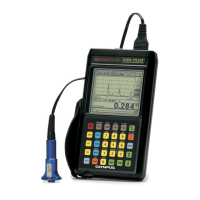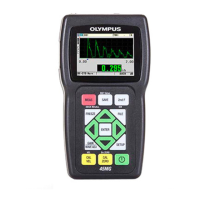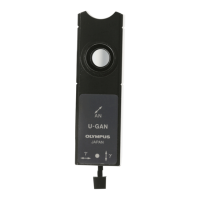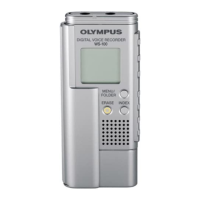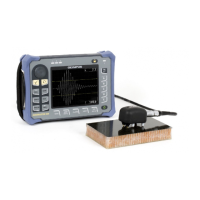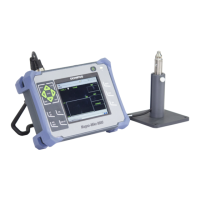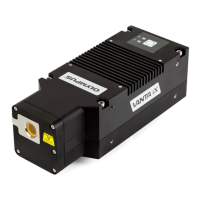DMTA-10009-01EN [U8778346], Rev. D, November 2016
Basic Operation
75
energy is attenuated very rapidly at the frequencies used for ultrasonic
gaging. This attenuation typically increases with temperature. The maximum
thickness that can be measured in these materials will often be limited by
attenuation.
— Velocity variations:
An ultrasonic thickness measurement is accurate only to the degree that
material sound velocity is consistent with the instrument calibration. Some
materials exhibit significant variations in sound velocity from point to point.
This happens in certain cast metals due to the changes in grain structure that
result from varied cooling rates, and the anisotropy of sound velocity with
respect to grain structure. Fiberglass can show localized velocity variations
due to changes in the resin/fiber ratio. Many plastics and rubbers show a
rapid change in sound velocity with temperature, requiring that velocity
calibration be performed at the temperature where measurements are made.
Phase reversal or phase distortion
The phase or polarity of a returning echo is determined by the relative acoustic
impedances (density × velocity) of the boundary materials. The 38DL PLUS
assumes the customary situation where the test piece is backed by air or a liquid,
both of which have a lower acoustic impedance than metals, ceramics, or plastics.
However, in some specialized cases, such as measurement of glass or plastic liners
over metal, or copper cladding over steel, this impedance relationship is reversed
and the echo appears phase reversed. In these cases, it is necessary to change the
appropriate echo detection polarity in order to maintain accuracy. A more
complex situation can occur in anisotropic or inhomogeneous materials such as
coarse-grain metal castings or certain composites, where material conditions
result in the existence of multiple sound paths within the beam area. In these
cases, phase distortion can create an echo that is neither cleanly positive nor
negative. Careful experimentation with reference standards is necessary in these
cases to determine effects on measurement accuracy.
5.3 Measuring Thicknesses
You can start measuring thicknesses once a transducer is connected (see “Setting Up
the Transducer” on page 63) and once the instrument is calibrated (see “Calibrating
the Instrument” on page 67).
To measure thicknesses
1. Apply couplant to the test block or tested part at the measuring spot.

